42 label the parts of the dna molecule
Deoxyribonucleic Acid (DNA) Fact Sheet - Genome.gov DNA's unique structure enables the molecule to copy itself during cell division. When a cell prepares to divide, the DNA helix splits down the middle and becomes two single strands. These single strands serve as templates for building two new, double-stranded DNA molecules - each a replica of the original DNA molecule. Nucleic acids (article) | Khan Academy Roles of DNA and RNA in cells. Nucleic acids, macromolecules made out of units called nucleotides, come in two naturally occurring varieties: deoxyribonucleic acid ( DNA) and ribonucleic acid ( RNA ). DNA is the genetic material found in living organisms, all the way from single-celled bacteria to multicellular mammals like you and me.
DNA function & structure (with diagram) (article) | Khan Academy DNA is the information molecule. It stores instructions for making other large molecules, called proteins. These instructions are stored inside each of your cells, distributed among 46 long structures called chromosomes. These chromosomes are made up of thousands of shorter segments of DNA, called genes.

Label the parts of the dna molecule
DNA Structure | HowStuffWorks The participating atoms can be located on the same molecule (adjacent nucleotides) or on different molecules (adjacent nucleotides on different DNA strands). Hydrogen bonds do not involve the exchange or sharing of electrons like covalent and ionic bonds. The weak attraction is like that between the opposite poles of a magnet. 9.1 The Structure of DNA - Concepts of Biology | OpenStax The building blocks of DNA are nucleotides, which are made up of three parts: a deoxyribose (5-carbon sugar), a phosphate group, and a nitrogenous base ( Figure 9.3 ). There are four types of nitrogenous bases in DNA. Adenine (A) and guanine (G) are double-ringed purines, and cytosine (C) and thymine (T) are smaller, single-ringed pyrimidines. Answered: NUCLEOTIDES Label the parts of these… | bartleby DNA, or deoxyribonucleic acid, is a long polymeric nucleic acid molecule discovered in the late 1930s. It is a polymer; a long chain-like molecule made up of several monomers connected in a sequence. It possesses certain characteristics that qualify it a…
Label the parts of the dna molecule. Label the DNA molecule. Diagram | Quizlet Label the DNA molecule. 5.0 (1 review) Learn Test Match Created by Clepczyk Terms in this set (5) Term nitrogenous base Location Term phosphate group Location Term phosphodiester bond Location Term hydrogen bond Location Term deoxyribose sugar Location Students also viewed Biol Chapter 3 Review 25 terms Images jennifer_tran67 Quiz #2 Study Guide DNA explained: Structure, function, and impact on health Summary. DNA is a biological molecule that contains the instructions an organism needs to develop, survive, and reproduce. It is present in all forms of life on earth and contains each organism ... Chapter 12. Practice problems Flashcards | Quizlet - DNA is a double helix - The backbone is made up of deoxyribose sugar and phosphate groups. - Bases are attached to backbone and face inwards towards each other. - Each nucleotide contains a phosphate group at the 5' end of the sugar. - DNA is antiparallel, meaning the strands are oriented in opposite directions. DNA | Definition, Discovery, Function, Bases, Facts, & Structure Each strand of a DNA molecule is composed of a long chain of monomer nucleotides. The nucleotides of DNA consist of a deoxyribose sugar molecule to which is attached a phosphate group and one of four nitrogenous bases: two purines ( adenine and guanine) and two pyrimidines ( cytosine and thymine ).
Solved Label the parts of the DNA molecule. Base part D00 - Chegg Question: Label the parts of the DNA molecule. Base part D00 Phosphate Nitrogenous base Hydrogen bond Deoxyribose Sugar Show transcribed image text Expert Answer 93% (14 ratings) Answer- According to the given question- We know that the DNA is made up of building blocks known as nucleotides. 9.1 The Structure of DNA - Concepts of Biology - 1st Canadian Edition Now let's consider the structure of the two types of nucleic acids, deoxyribonucleic acid (DNA) and ribonucleic acid (RNA). The building blocks of DNA are nucleotides, which are made up of three parts: a deoxyribose (5-carbon sugar), a phosphate group, and a nitrogenous base ( Figure 9.3 ). There are four types of nitrogenous bases in DNA. Draw a DNA molecule and label the units. - Study.com In the following diagram, label the indicated parts of the DNA molecule. Draw a diagram of the DNA structure and label it with the following terms: 5', 3', Deoxyribose, Pyrimidine, Purine, Adenine, Guanine, Cytosine, Thymine, Phosphodiester bond, and hydrogen bond. Make sure to have your bases pair to their correct compliments. Double Helix - Genome.gov The discovery of DNA's double-helical structure in the 1950s was perhaps the most significant biological accomplishment of the 20th century. Knowledge of this remarkably clever structure, involving two complementary strands of DNA that each provide the template for making the other strand, provided a key insight about how it was that DNA could serve as the information molecule of all living ...
DNA - Wikipedia DNA is a long polymer made from repeating units called nucleotides. The structure of DNA is dynamic along its length, being capable of coiling into tight loops and other shapes. In all species it is composed of two helical chains, bound to each other by hydrogen bonds.. DNA does not usually exist as a single strand, but instead as a pair of strands that are held tightly together. Answered: NUCLEOTIDES Label the parts of these… | bartleby DNA, or deoxyribonucleic acid, is a long polymeric nucleic acid molecule discovered in the late 1930s. It is a polymer; a long chain-like molecule made up of several monomers connected in a sequence. It possesses certain characteristics that qualify it a… 9.1 The Structure of DNA - Concepts of Biology | OpenStax The building blocks of DNA are nucleotides, which are made up of three parts: a deoxyribose (5-carbon sugar), a phosphate group, and a nitrogenous base ( Figure 9.3 ). There are four types of nitrogenous bases in DNA. Adenine (A) and guanine (G) are double-ringed purines, and cytosine (C) and thymine (T) are smaller, single-ringed pyrimidines. DNA Structure | HowStuffWorks The participating atoms can be located on the same molecule (adjacent nucleotides) or on different molecules (adjacent nucleotides on different DNA strands). Hydrogen bonds do not involve the exchange or sharing of electrons like covalent and ionic bonds. The weak attraction is like that between the opposite poles of a magnet.
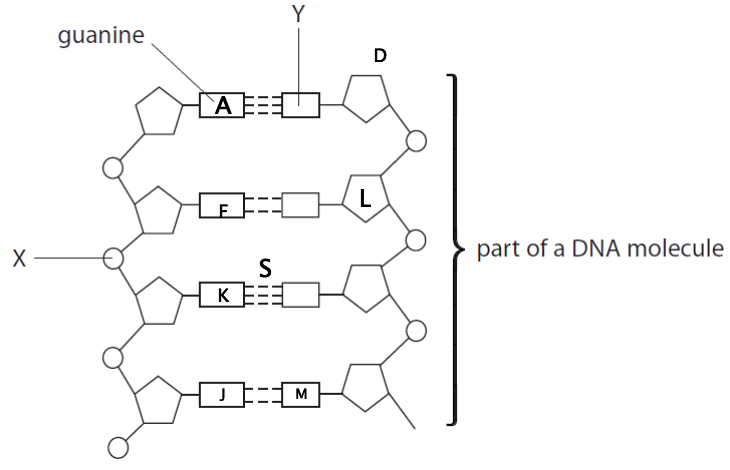

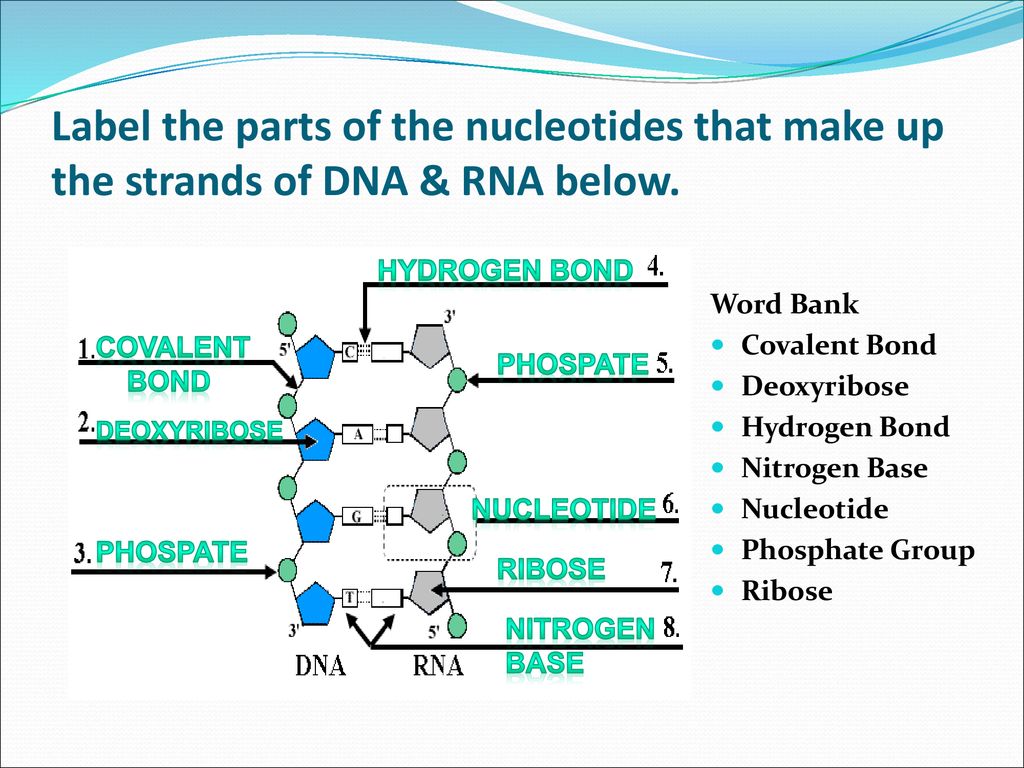

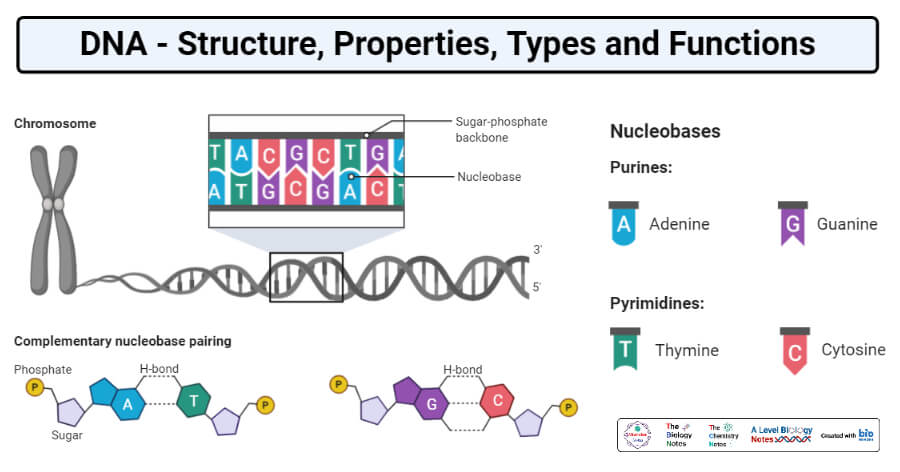





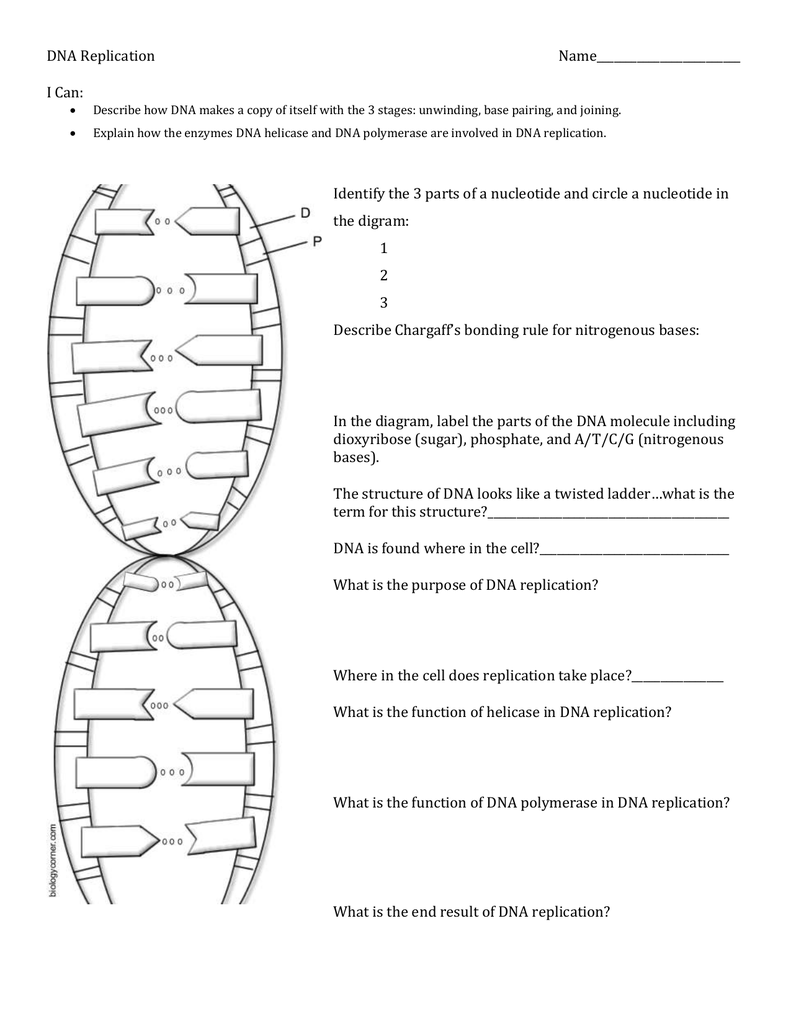


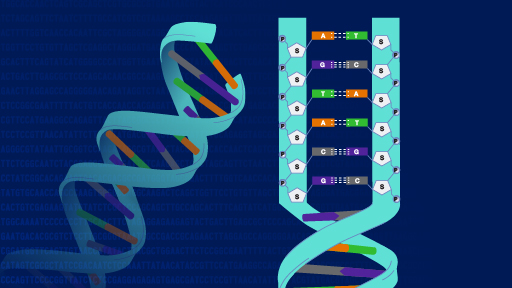
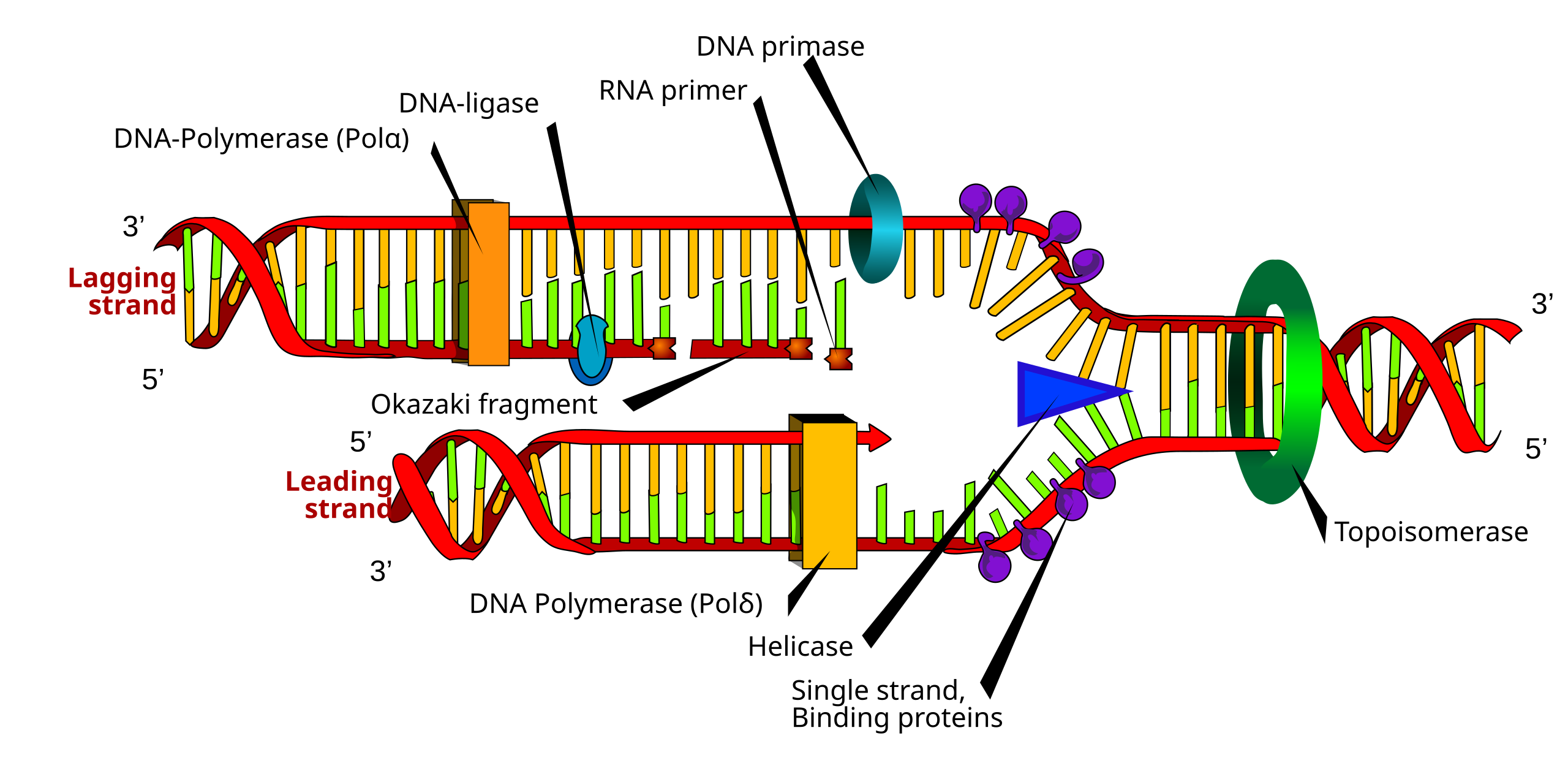
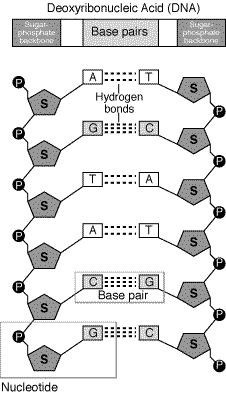

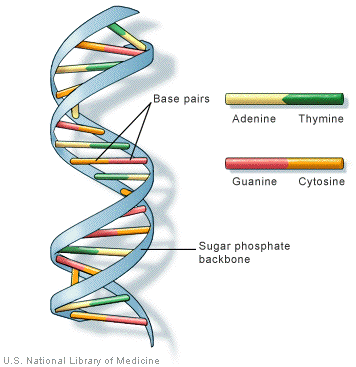


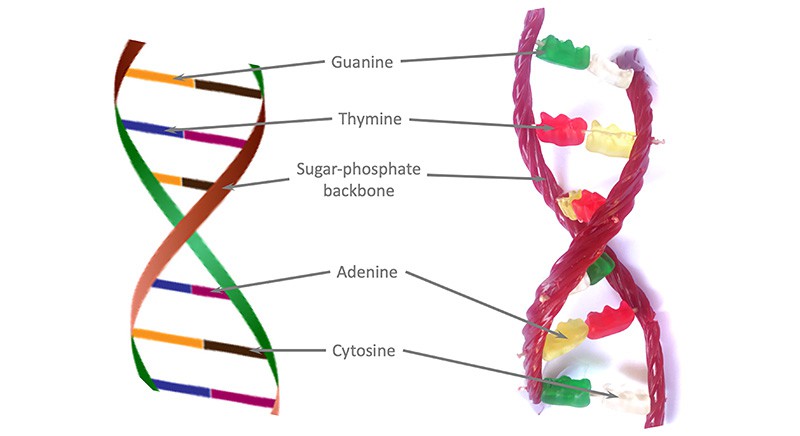


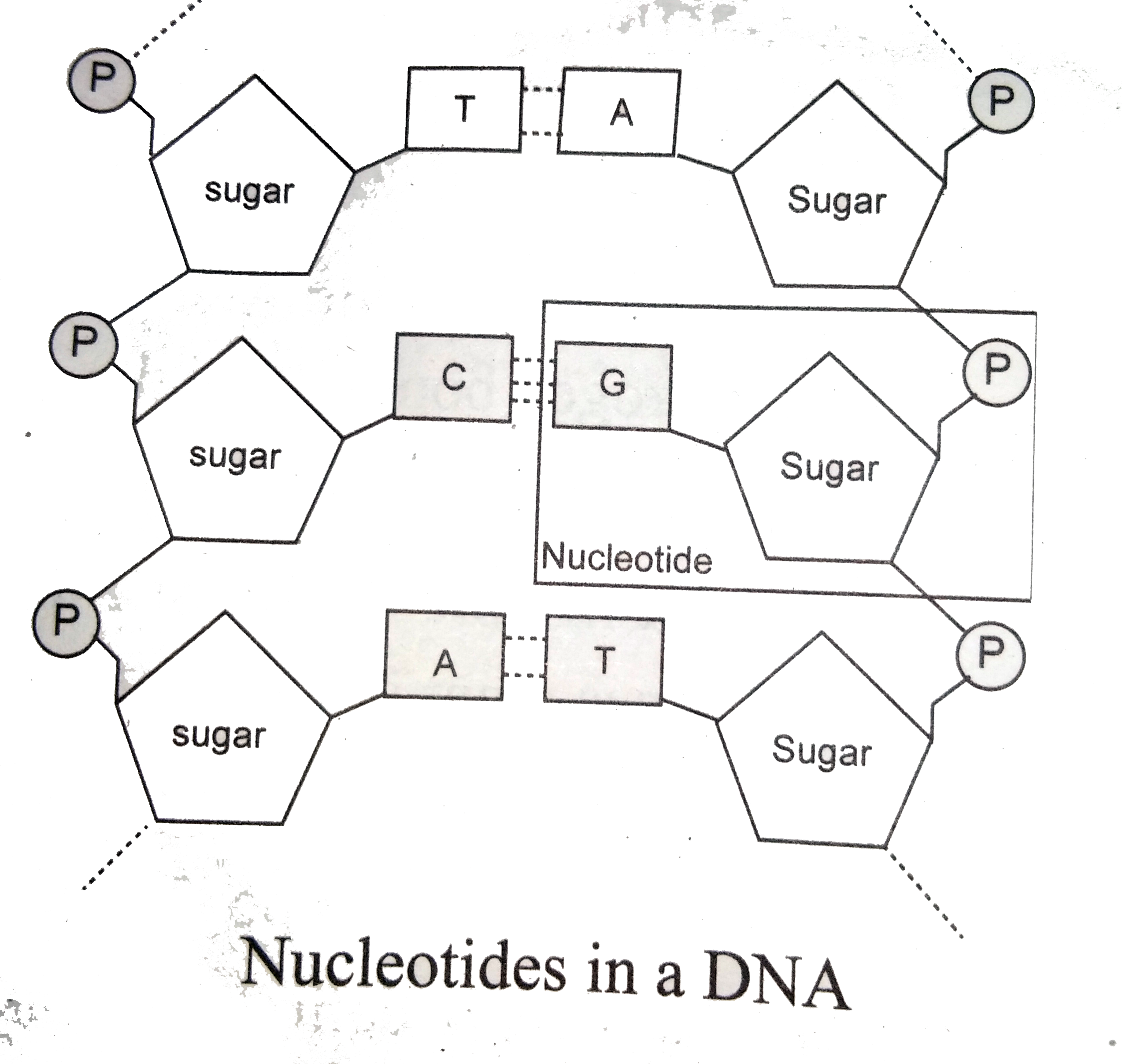







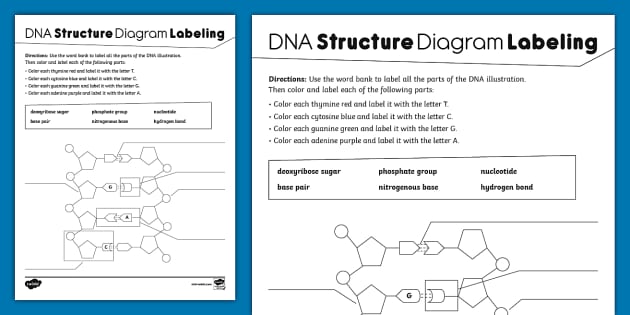
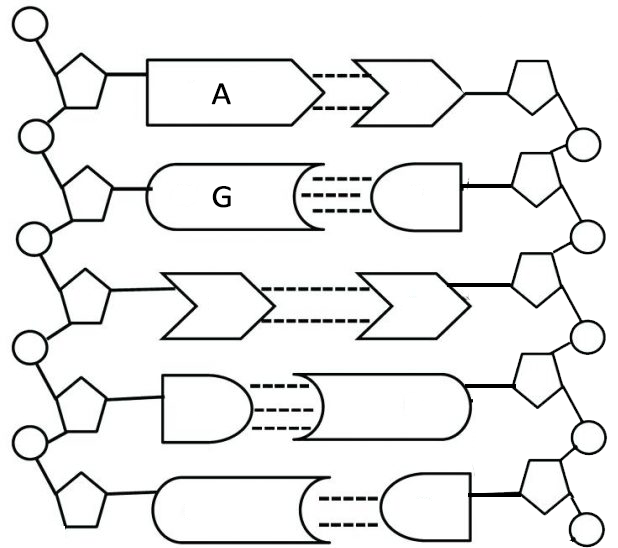



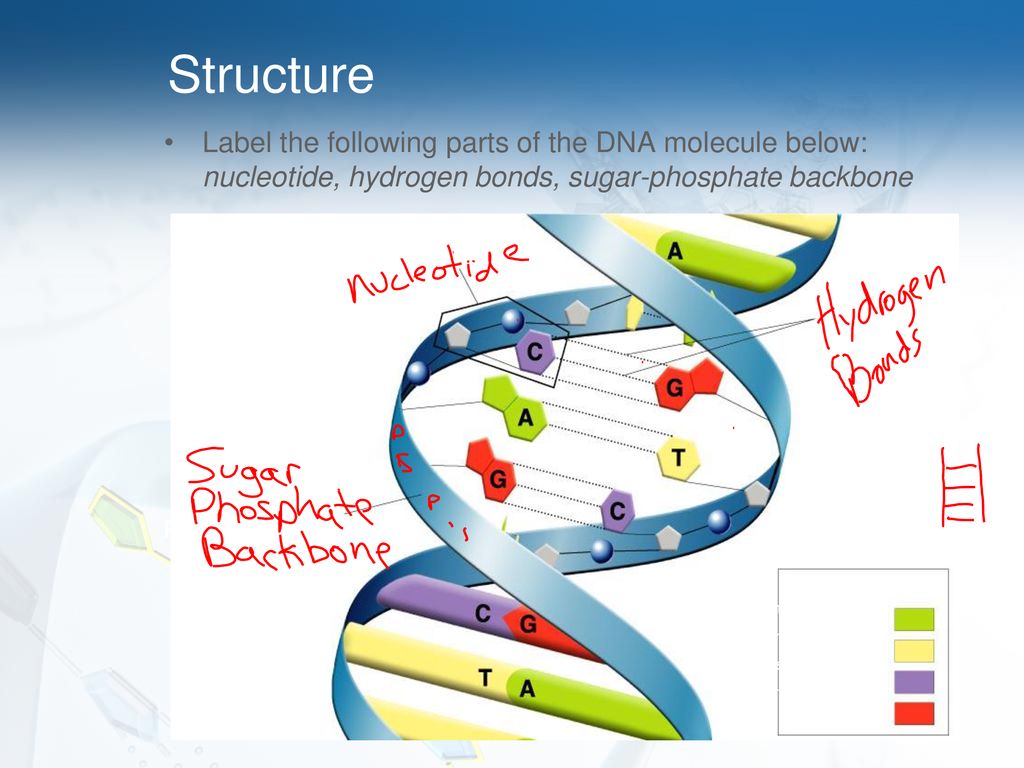
Post a Comment for "42 label the parts of the dna molecule"